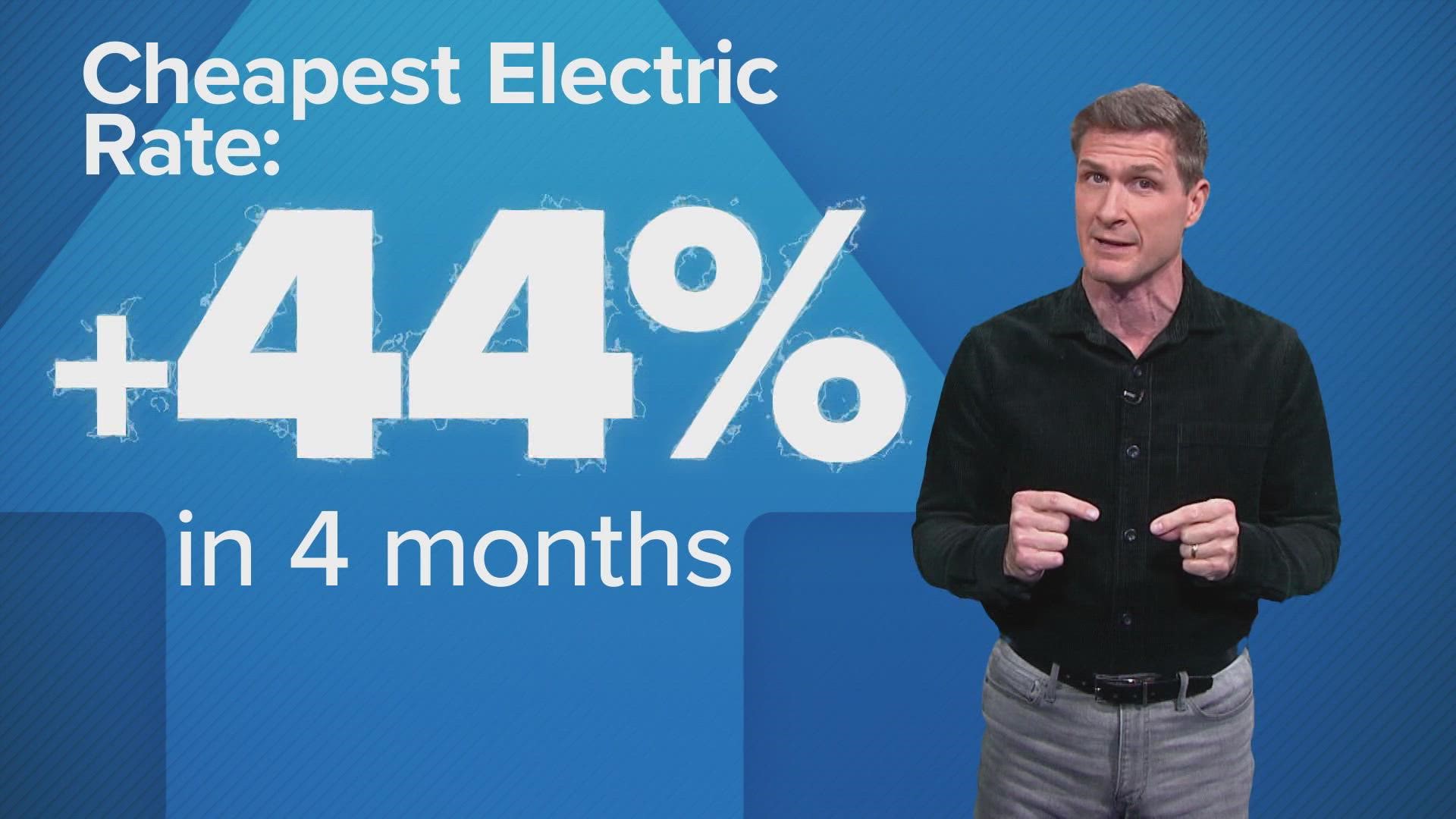TEXAS, USA — Have your electric bills lately made you hit the roof? And then, while you were on that roof, did you look around up there and wonder if it might be time to start making your own electricity?
In recent weeks, several Texas electricity consumers have reached out to Right on the Money expressing interest in this, so we took a look at it.
One pro is that if you could produce your own power, you wouldn’t have to worry as much about the seemingly fragile Texas electric grid, which, after a near collapse in the February 2021 winter storm, has created additional days of uncertainty when state officials worried that expected supply might have trouble keeping up with anticipated demand.
There is a substantial upfront cost to producing your own solar power. Energysage.com estimates it costs $13,450 to outfit a medium-sized (average) home in Texas with solar panels. But that gets knocked down to less than $10,000 once you add in a federal tax credit for going solar.
If you are seriously considering installing a system, you should know that the Federal Tax Credit for Solar Photovoltaics is more generous this year than it will be next year. The tax credit will go from 26% for systems installed in 2022 to a 22% tax credit for systems installed in 2023.
Energy Sage says a, “typical home needs between 20 and 24 solar panels to cover 100 percent of its electricity usage”.
The site allows you to type in your address to get specific quotes for solar installation. And they can estimate for each of those quotes how long it would take your system to essentially pay for itself.
Keep in mind that adding additional battery capacity to store power for non-sunny times is an additional cost to consider. A solar panel installation may be more alluring to a homeowner who plans to continue living at that address for a longer duration.
Another potential benefit: You would be able to free yourself from total reliance on one of the Texas electric marketplace plans that have shot through the roof over the last year.
A random search for electric rates in the 75202 downtown Dallas ZIP Code in February resulted in a least expensive offering of 9.5 cents per kilowatt hour. That same search in early June is now producing a least expensive offering of 14.5 cents per kilowatt hour. So, the lowest priced plan available in that ZIP Code has increased by almost 53% in about four months.
If you put in a solar system at your home, you can sign up for a plan with an electric provider, and when power generation is unavailable from your solar panels or your home battery backup, you would get power from the electric grid as you traditionally would. And some electric providers offer programs like this one and this one that will credit you when your solar panel system produces more than you use, and you send power back to the grid.
You will need enough sunlight to make a solar system effective, and the angles and direction in which the solar panels are situated matter. Is your roof a good fit for solar? Google can at least give you an initial idea. Its program, called Google Project Sunroof, gives an aerial view of your roof and lets you know how much sunlight or shade there is. You can also enter your usual electric bill and Google will estimate how much of a system you can install, how much that’s likely to cost you, and how much you might save in the long run.

